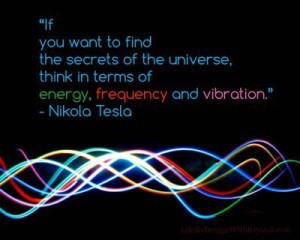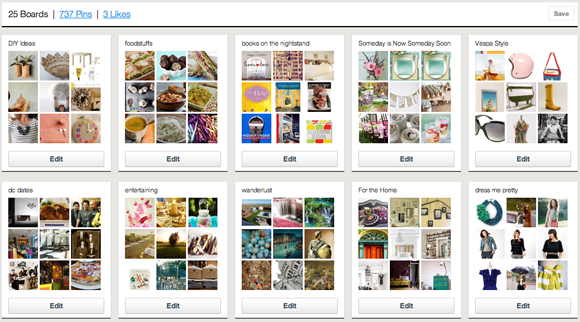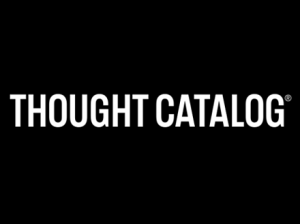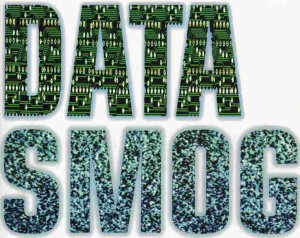Networking is an amazing process, It doesn’t take too long of readings and watching a video on it to realise that networking is happening everywhere. It was while watching the video that struck something in my mind. Since networking can be found in cells, protein, animals, and on the internet can it therefore be also found in the form of our brainwaves?
It gets a little tricky over here. I’m not sure if this makes any sense but I refered back to a book called “The Secret” where the author explores a theory called the law of attraction. Just like the law of gravity, the law of attraction has a certain way of functioning.
In accordance with the Law of Attraction, you attract into your life those things, circumstances and conditions that correspond with the nature of your dominant, habitual thoughts and beliefs, both conscious and subconscious. Every area of your life, including your health, your finances and all of your relationships, are influenced by this great Universal Law that “like attracts like”.
Everything, including yourself, your thoughts and anything else you may or may not want to experience, is pure energy vibrating at different frequencies. The basic premise of the Law of Attraction is that like energy attracts like energy.
You attract to yourself that which you are in vibrational harmony with, not that which you long for or even deserve. Your dominant frequency is determined by your dominant mental attitude, which itself is determined by your habitual thoughts and beliefs. Simply put, a positive mental attitude attracts positive experiences and circumstances while a negative mental attitude attracts those conditions that we deem negative or unwanted.
So what I got from “The secret” is that frequencies made up from vibrations and dominant mental attitudes attracts one to things with similar frequency which can be anyone or anywhere, and every mili second we are all sending out vibrations.
When we think we set into motion vibrations of a very high degree, but just as real as the vibrations of light, heat, sound, electricity. And when we understand the laws governing the production and transmission of these vibrations we will be able to use them in our daily life.
And somehow behind the lines of all these vibrations, forms a massive network of thoughts and vibrations and frequencies to make everything structured and right. That one person’s actions flows well and does not make a huge mess of another person’s lives. It is this entire network of vibrations transmitted every time we think and run thoughts in our minds that connects us to something we want, and eventually something we will get because of the vibrational harmony.
So maybe or what if it isn’t any type of six degrees of separation or technology but rather our thoughts sending out vibrations to network and connect us in one way or another? I’m not sure if all this made sense to you. But for me it is definitely something that I would like to ponder over. Not everyone believes in the law of attraction and it is still a subject undergoing a lot of study and research.













